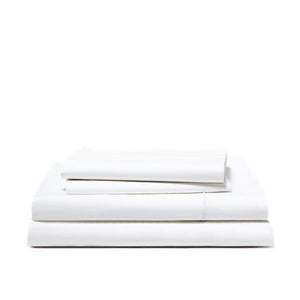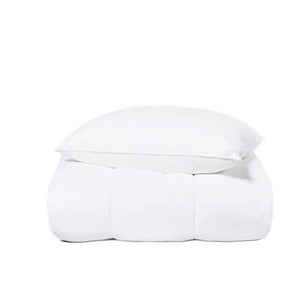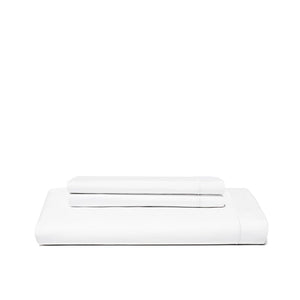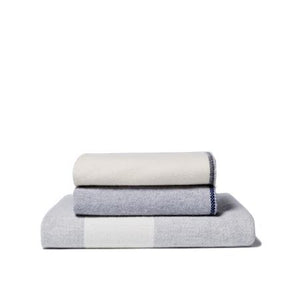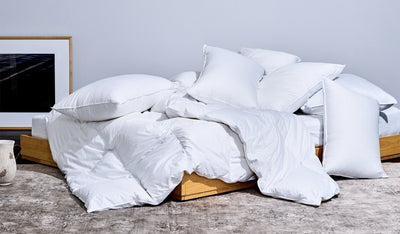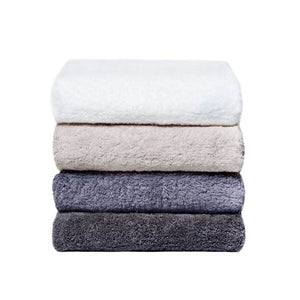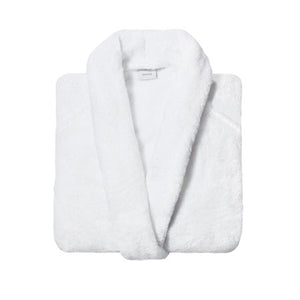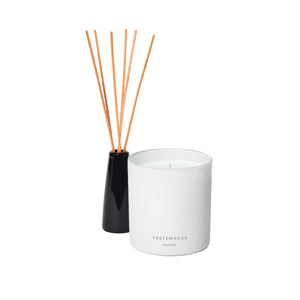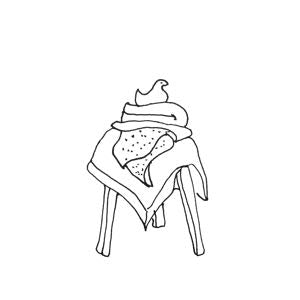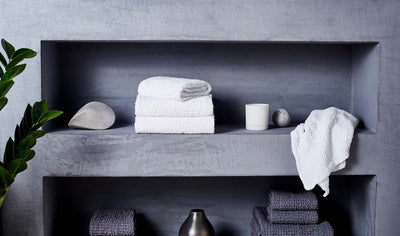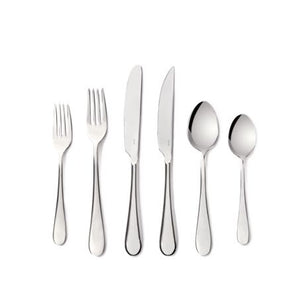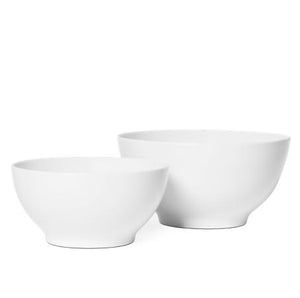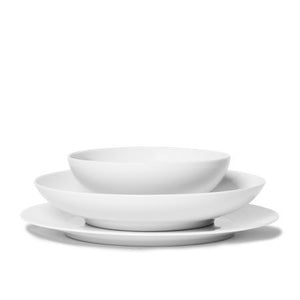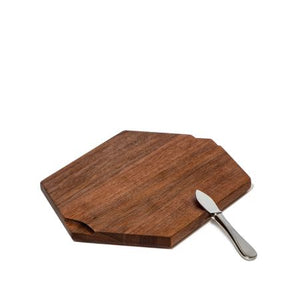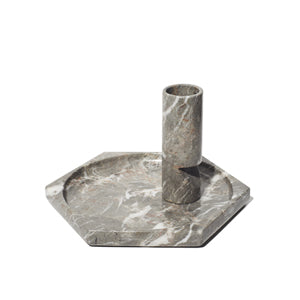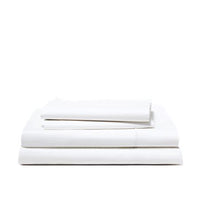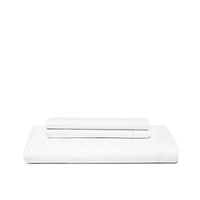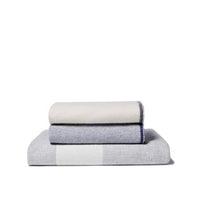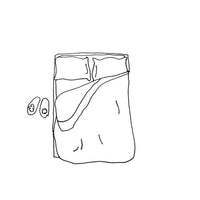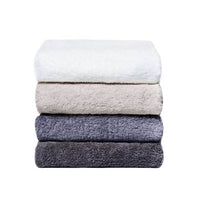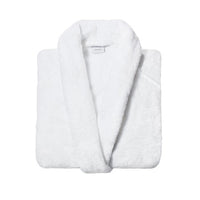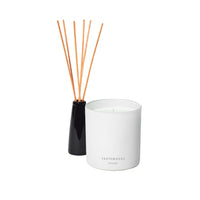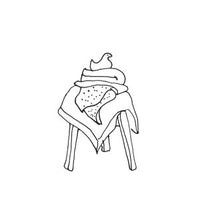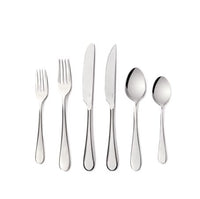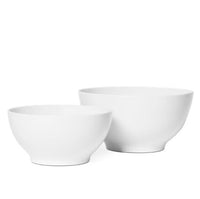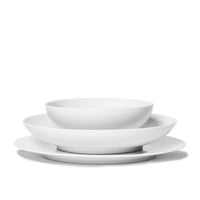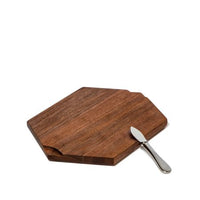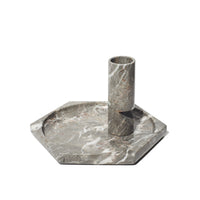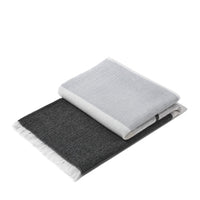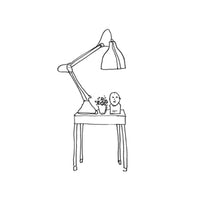Are you overwhelmed by the vast array of pillow options available? A popular choice for many is the down alternative pillow, which replicates the plush feel of traditional down pillows without using animal products. This makes them an excellent choice for those seeking hypoallergenic and cruelty-free bedding.

When choosing the best alternative pillow, several factors should be considered. First, consider the filling material, such as polyester, microfiber, or gel fiber. Each material offers unique benefits and drawbacks, so choosing one that suits your needs is essential. Additionally, consider the pillow's loft, or height; a higher loft may be better for side sleepers, while a lower loft may be more comfortable for stomach sleepers. These factors will help you find a pillow that provides the right balance of support and comfort.
To help you find the best down alternative pillow, we've compiled a list of top options based on expert testing, reviews, and customer feedback. Whether you're looking for a soft and fluffy pillow or one that offers more support, there's sure to be an option that meets your needs. Visit SnoweHome to explore our collections and find the perfect pillow for unmatched comfort and support. Enhance your sleep experience by purchasing our luxurious bedding options and purchasing today!
Understanding Pillow Types

Choosing the right pillow for a restful night's sleep involves understanding the different types of pillows available. This section will explore the most common pillow types: down, down alternative, memory foam, and other materials.
Down vs. Down Alternative
Down pillows are filled with geese or ducks' soft, fluffy undercoating. They are known for their luxurious feel and natural insulating properties. However, some people may be allergic to down or find it too warm.
Down alternative pillows are made from synthetic materials, such as polyester fibers, that mimic the feel of down.
They are popular for people who want a hypoallergenic option or prefer a firmer pillow. Down alternative pillows are typically less expensive than down pillows.
Memory Foam and Other Materials
Memory foam pillows are made from a viscoelastic material that conforms to your head and neck shape. They are known for their support and pressure relief. However, some people may find memory foam pillows too firm or hot.
Other materials used in pillows include organic cotton, hypoallergenic latex, and gel fiber.
Organic cotton pillows are a natural and breathable option. Latex pillows are durable and resistant to dust mites and mold. Meanwhile, gel fiber pillows are designed to stay cool throughout the night.
Selecting the Right Pillow for Your Sleep

Sleeping well is essential for your health and well-being, and choosing the right pillow is crucial for achieving optimal comfort and support. In this section, we'll analyze sleep positions and provide special considerations for comfort and support to help you select the right pillow for your sleep. Your sleep position plays a significant role in determining the type of pillow you need. Here's a quick rundown of the kinds of pillows suitable for different sleeping positions:
- Back sleepers: A medium loft pillow with a slight contour is ideal. It provides adequate support for the head and neck, keeping the spine aligned.
- Stomach sleepers: A thin, low-loft pillow is recommended for stomach sleepers to prevent neck strain. However, you can also opt to sleep without a pillow.
- Side sleepers: A high-loft pillow with a firm, supportive fill is best for side sleepers. It helps keep the neck and spine aligned and prevents shoulder pain.
- Combination sleepers: A medium-loft pillow with a responsive fill is the best option if you switch between sleeping positions. It conforms to your movements and provides adequate support throughout the night.
Pillow Features for Enhanced Sleep Quality

When selecting a down alternative pillow, there are a few key features to consider that can enhance your sleep quality. In this section, we'll cover three important aspects to remember: Materials and Fabrication, Comfort and Firmness Levels, and Temperature Regulation and Breathability.
Materials and Fabrication
The materials used in a pillow can significantly impact its overall quality and durability. Look for pillows made with high-quality cotton or other breathable fabrics.
Cotton is a popular choice for its softness and moisture-wicking properties, which can help keep you cool and comfortable throughout the night.
In addition to the materials used, consider the pillow's fabrication. Look for pillows that are double-needle edge sewn for added durability and support. This can help prevent the pillow from flattening over time and losing shape.
Comfort and Firmness Levels
Comfort and firmness are also important factors when selecting a down alternative pillow. Look for pillows that offer a balance of support and softness to help alleviate pressure points and provide proper neck support.
Many down alternative pillows offer varying firmness levels, from soft to firm, so it's important to find one that matches your preferences. When selecting a pillow, consider your sleeping position and weight to ensure it supports your body.
Temperature Regulation and Breathability
Temperature regulation and breathability are crucial factors when selecting a down alternative pillow. Look for pillows with moisture-wicking properties and good airflow to help keep you cool and comfortable throughout the night.
Some down alternative pillows have additional features, such as phase-change material or gel beads, which can help regulate temperature and provide added comfort.
Look for OEKO-TEX-certified pillows to ensure they are free from harmful chemicals and safe for use.
Pillow Care and Maintenance

Taking good care of your down alternative pillow can help extend its lifespan and keep it in top condition. Here are some tips for washing and drying your pillow and advice on when to replace it.
Washing and Drying Tips
When washing your down alternative pillow, follow the care instructions provided by the manufacturer. Some pillows are machine washable, while others need to be hand-washed or dry-cleaned.
If your pillow is machine washable, use a mild detergent and wash it gently with warm water. Avoid using bleach or fabric softeners, which can damage the pillow's fibers.
To dry your pillow, use a low heat setting in the dryer or hang it outside to air dry. Be sure to fluff the pillow periodically during the drying process to help it maintain its shape.
Longevity and Replacement
A high-quality down alternative pillow can last several years with proper care. However, the pillow's fibers may become flattened or compressed over time, impacting its ability to provide support and comfort.
If you notice that your pillow is no longer as fluffy as it used to be or if it has developed lumps or clumps, it may be time to replace it.
You should replace your pillow every 1-2 years, depending on how often you use it and how well you care for it.
Choosing Pillows for Specific Needs

Consider these factors when choosing the best down alternative pillow:
Allergy-Friendly Options
If you suffer from allergies, choosing a hypoallergenic pillow is important. Look for pillows made with materials less likely to cause an allergic reaction, such as microfiber or organic cotton.
These materials are also often more breathable, which can help keep dust mites at bay.
Another option is to choose a pillow specifically designed to be allergy-friendly. Some pillows are treated with special materials that repel dust mites and other allergens, making them a great choice for allergy sufferers.
Pillows for Different Body Types
Another important consideration when choosing a pillow is your body type.
You may need a firmer pillow to provide adequate support for your neck and spine if you have a larger frame. On the other hand, if you have a smaller frame, a softer pillow may be more comfortable. It's also important to consider your sleeping position when choosing a pillow.
If you sleep on your back, a flatter pillow may be more comfortable, while side sleepers may prefer a pillow with more loft to keep their neck and spine aligned.
Ethical Considerations
In addition to these factors, there are a few other things to remember when choosing a down alternative pillow. If you're concerned about the ethical implications of using animal products, look for pillows made with synthetic materials. Consider the firmness level of the pillow.
Some people prefer a very firm pillow, while others prefer a softer pillow that can be molded to their liking.
Top Picks for Quality and Value

If you're seeking a high-quality down alternative pillow that offers excellent value for money, consider our top recommendations:
Down Alternative Pillow
Experience the plushness of down without allergens. Hypoallergenic microfiber fiber and an ultra-soft, OEKO-TEX-certified cotton shell provide a restful sleep. Made in Canada with a 330-thread-count cotton sateen cover; it’s perfect for all sleeping positions.
Down Alternative Euro Pillow
This pillow is a luxurious addition to any bedroom and ideal for reading or resting. It's comfortable and easy to care for, with 100% allergen-free microfiber and a machine-washable cotton cover. Made in the USA.
Down Euro Pillow
Complete your bed setup with our feather blend Euro pillow. Ethically sourced feathers support propping up, while the ultra-soft, OEKO-TEX-certified cotton shell ensures a quiet sleep. Made in the USA.
Understanding Market Variations
When shopping for a down alternative pillow, consider fill material, cover material, weight, and height. Microfiber is lightweight and breathable, perfect for hot sleepers. Cotton covers offer softness and breathability, ensuring comfort.
Conclusion
Selecting the right-down alternative pillow can significantly enhance your sleep quality. Consider your sleeping position, preferences, and specific needs, such as allergies or cooling features. Visit SnoweHome to explore our luxurious bedding collections and find the perfect pillow for unmatched comfort and support. Enhance your sleep experience today!
Recommended Articles
- Best-Rated Down Pillows for Ultimate Comfort and Support
- Why Do Pillows Turn Yellow: What You Need to Know
Frequently Asked Questions
Why do people like down pillows?
People like down pillows for their exceptional softness, comfort, and ability to conform to the head and neck. The natural insulation properties of down make these pillows warm yet breathable, providing a cozy and luxurious sleeping experience.
Are down pillows good for your neck?
Down pillows can be good for your neck as they offer excellent support and contouring. They mold to the shape of your head and neck, helping to maintain proper alignment and reduce pressure points. However, the level of support may vary, and some people may prefer a firmer pillow for better neck support.
Which type of pillow is best for sleeping?
The best type of pillow for sleeping varies depending on individual preferences and sleeping positions. Down or down alternative pillows are ideal for those who prefer softness and adaptability. Memory foam pillows provide excellent support and alignment, making them great for neck and back pain. Latex pillows are also a good option for those seeking support and comfort.
How long are down pillows good for?
Down pillows typically last about 2 to 3 years with proper care. However, they may lose their loft and support over time and require replacement. Regularly fluffing the pillow and using a protective cover can help extend its lifespan, making it a worthwhile investment in your sleep quality.
